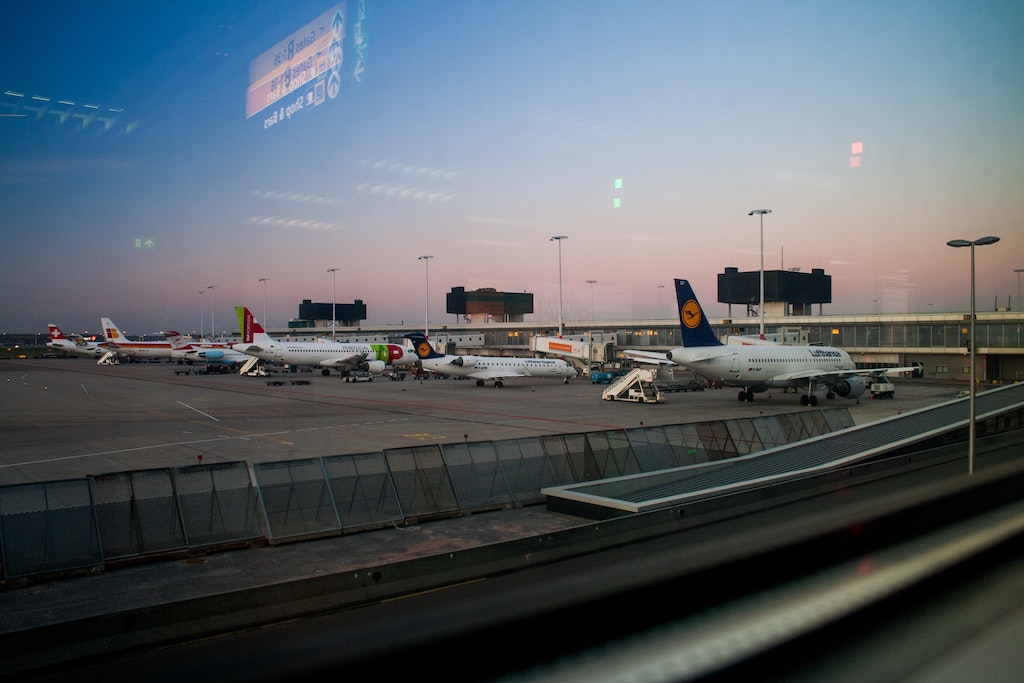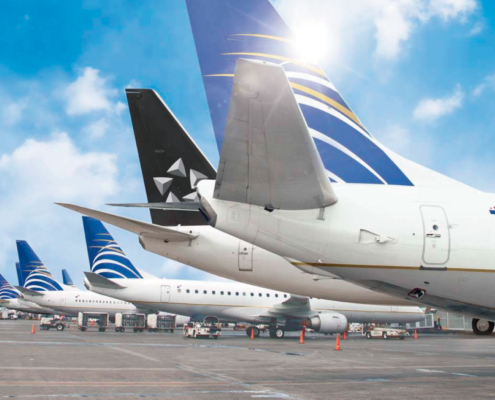ITP Aero joins “Race to Zero”
ITP Aero, is the Spanish aeronautical company that joins the United Nations “Race to Zero” campaign, as part of its commitment to the environment. ITP Aero seeks to minimize carbon emissions and reach zero emissions, for the year 2050.
As part of the “Business Ambition to 1.5ºC” program, the first objective is to neutralize carbon emissions by 2030. This is only part of the commitment that ITP Aero manages with the care of the environment. In addition to minimizing the impact that carbon emissions cause on the environment, it also seeks to promote this movement for other companies to join.
At the same time, Carlos Alzola, CEO of ITP Aero argues that: “ITP Aero is committed to clean, safe and competitive propulsion systems to achieve a sustainable aeronautical industry.”
Also within the Spanish company’s commitment to the “Race to Zero” program, the following stand out: Investment in development and research to seek efficiency in products and solutions that are friendly to the environment; The company will take advantage of its mechanisms to promote decarbonization and collaboration between stakeholders to create a positive impact in the localities and also establish the steps to achieve “net-zero carbon emissions by 2050.”
This movement is undoubtedly part of a great step where other aeronautical companies and airlines are already joining this cause, to minimize carbon emissions in the environment.
Read the full statement at ITP Aero


 Although the Colombian government reported that international flights will be able to operate from September 1, many airlines are waiting for the reactivation of
Although the Colombian government reported that international flights will be able to operate from September 1, many airlines are waiting for the reactivation of  In this sense, the Minister of Transport
In this sense, the Minister of Transport